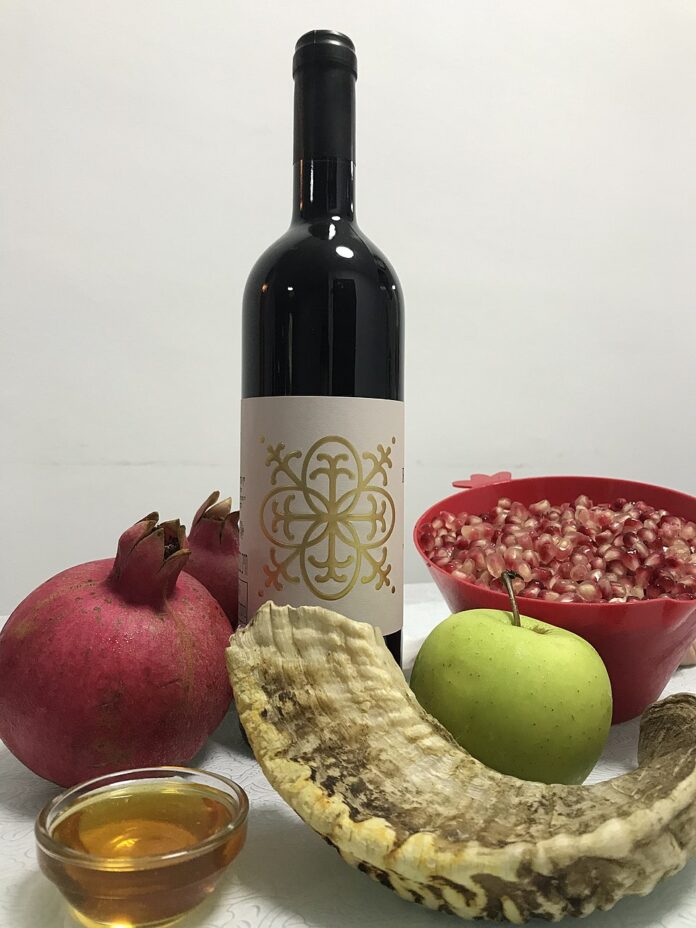Rosh Hashanah, the Jewish New Year, begins at sundown on Monday, September 22, 2025, marking the start of the Hebrew year 5786. The two-day holiday concludes after nightfall on Wednesday, September 24. Jewish communities worldwide will gather for synagogue services, hear the shofar’s call, and share festive meals that symbolize hopes for a sweet and renewed year.
The holiday is observed on the first two days of the Hebrew month of Tishrei. Its earliest roots are found in the Torah, which refers to this date as a sacred occasion announced by trumpet blasts. In later centuries, rabbinic interpretation gave the day its identity as Rosh Hashanah—literally, the “head of the year.” This period begins the Ten Days of Repentance, culminating in Yom Kippur, the Day of Atonement. Together, these observances invite both joy and solemn reflection.
Central to the synagogue service is the sounding of the shofar, often made from a ram’s horn. Many communities follow the custom of hearing one hundred blasts spread throughout the prayers. The calls of the shofar are understood as both a coronation of God’s sovereignty and an urgent summons to teshuvah, or repentance. In the afternoon, many Jews participate in Tashlich, a ritual in which sins are symbolically cast into a body of water. In recent years, congregations have introduced eco-conscious practices, ensuring the ritual does not disrupt local ecosystems.
Rosh Hashanah customs developed over centuries and vary across cultures. Ashkenazi families commonly dip apples in honey to symbolize hopes for sweetness in the coming year. Sephardi traditions often include pomegranates, whose many seeds represent abundance, and other symbolic foods chosen for their meanings in Hebrew or Aramaic wordplay. Special liturgies, such as the Unetaneh Tokef prayer, highlight themes of divine judgment and human accountability.
The meaning of Rosh Hashanah has shifted over time. In biblical and Second Temple periods, the day may have been linked more closely to agricultural or civic calendars. By the time of the Mishnah, compiled around 200 CE, Rosh Hashanah was firmly established as one of several “new years” in Jewish tradition, and its spiritual focus was emphasized. In the Middle Ages, additional customs such as Tashlich and symbolic foods spread widely. With the Jewish diaspora, these practices adapted to local settings, creating the diverse expressions of the holiday seen today.
Modern observance combines tradition with new approaches. Many congregations continue to hold lengthy in-person services, while others stream portions of the liturgy for those unable to attend. Families gather for meals that blend inherited recipes with contemporary dishes. Some communities host interfaith events, inviting neighbors to share in the themes of reflection and renewal.
In Israel, Rosh Hashanah is a public holiday marked by family gatherings and synagogue attendance. Elsewhere, observance depends on community size, resources, and denominational practice. Though levels of participation vary, Rosh Hashanah remains a central moment in the Jewish calendar. The call of the shofar, the taste of apples and honey, and the prayers for renewal all affirm its enduring role in Jewish life.
Rosh Hashana by N100a, licensed under an Attribution-only license via Wikimedia Commons.






